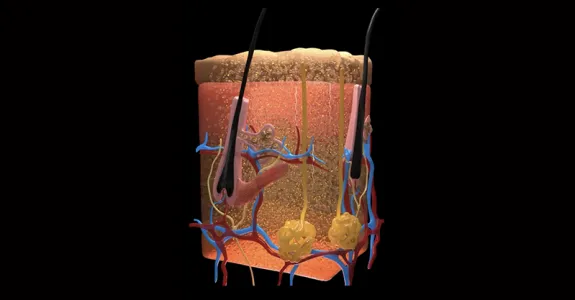
Dr. Julia Kaltschimidt's lab’s goal is to understand the molecular basis of neuronal circuit formation. They are particularly interested in circuits that underlie locomotion, sexual function and gut motility.
Spinal circuits underlying locomotor function:
Local inhibitory microcircuits have a fundamental role in shaping animal behavior. In the mammalian spinal cord inhibitory interneurons modulate the sensory-motor signaling that controls locomotion. The lab is using a specific interneuron circuit to understand (i) how distinct neuronal populations are generated, (ii) how these distinct neuronal populations recognize and choose their correct synaptic partners from among different available targets, and (iii) how postsynaptic signals induce the differentiation of presynaptic terminals in service of balanced circuit function.
Spinal circuitry of sexual function:
During mammalian copulation, spinal circuits reflexively integrate sexually-specific sensory information. The lab is performing anatomical reconstructions of erectile circuits in the spinal cord, and are analyzing copulatory behavior in males with disrupted interneuron circuitry.
Enteric nervous system structure and function:
The enteric nervous system (ENS) in the gut contains more neurons than the spinal cord and presents a translational model relevant to many human illnesses. However, relatively little is known about the development, connectivity and function of ENS circuitry. The mouse ENS is experimentally tractable and allows application of molecular genetic and high-resolution imaging techniques, as well as innovative in vivo experimental approaches. The Kaltschmidt lab aims to (i) map ENS circuit connectivity and (ii) explore functional consequences of ENS circuit abnormalities.



